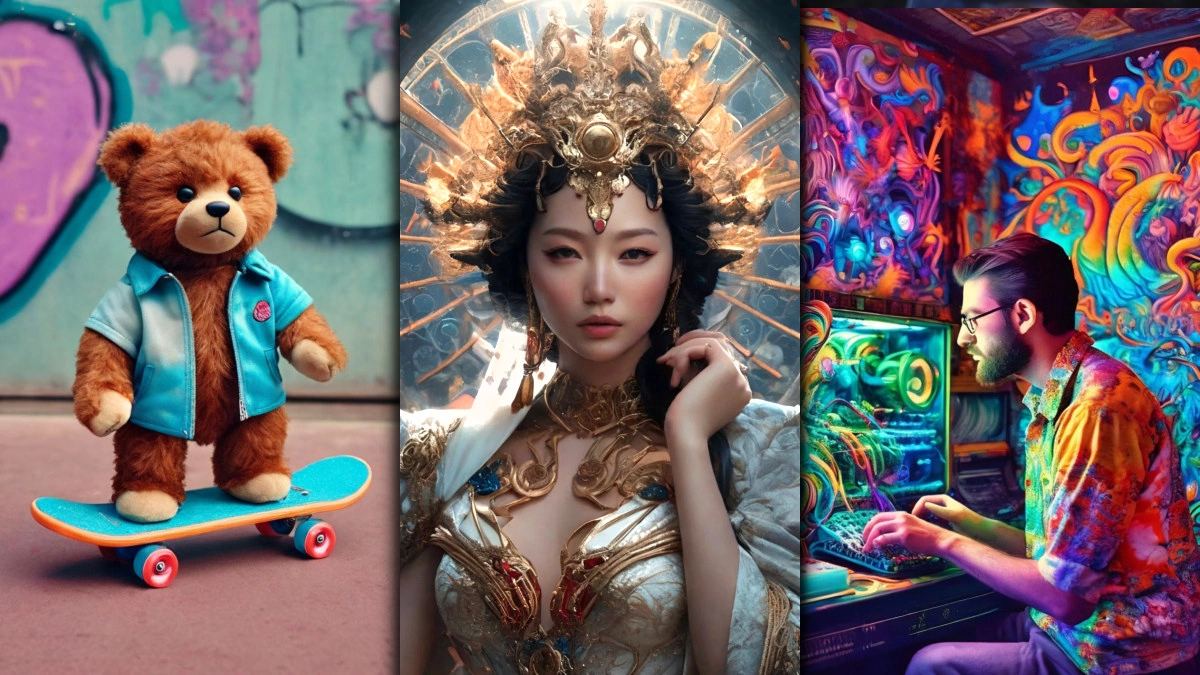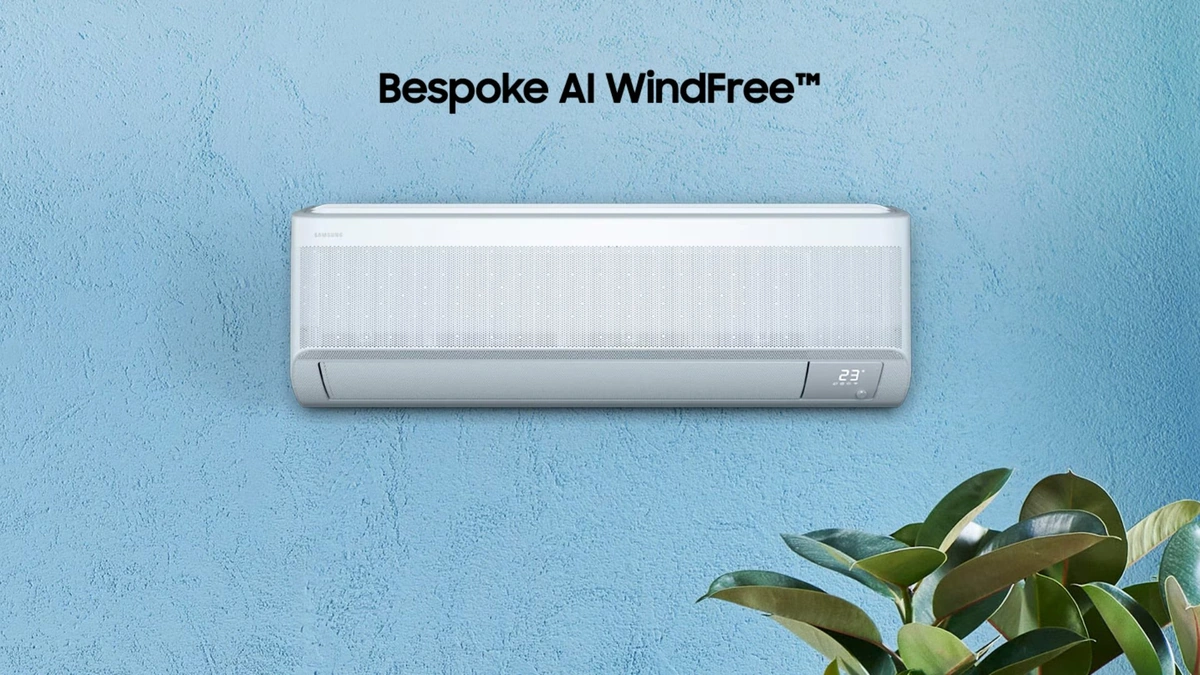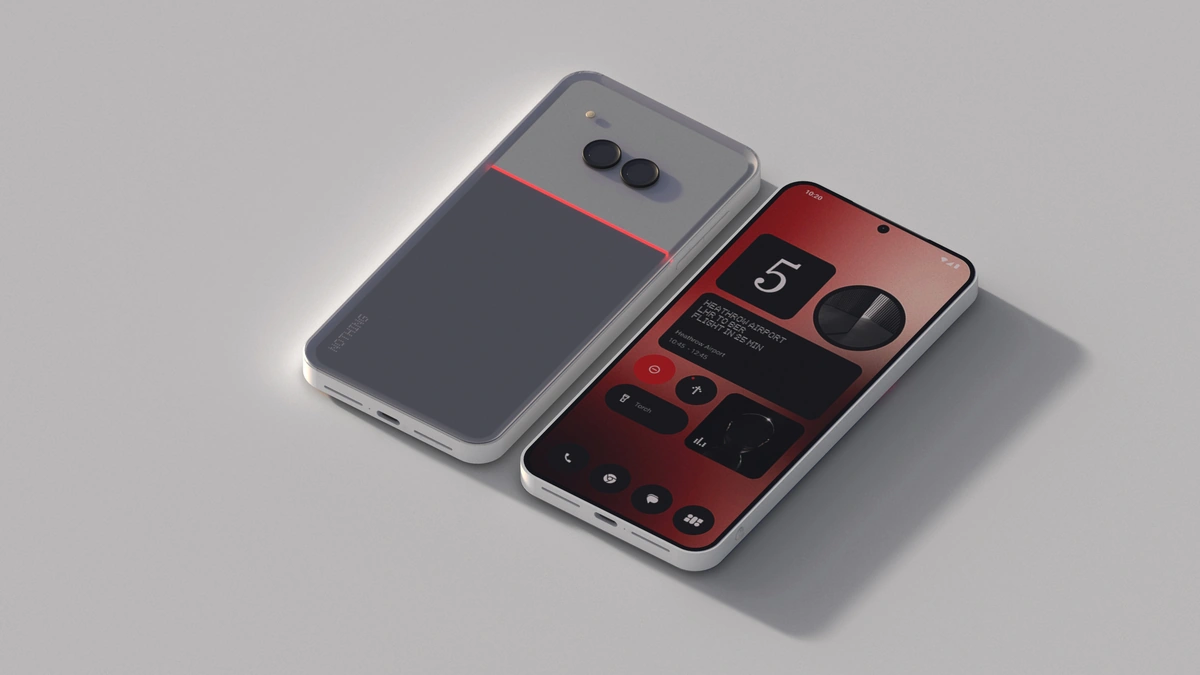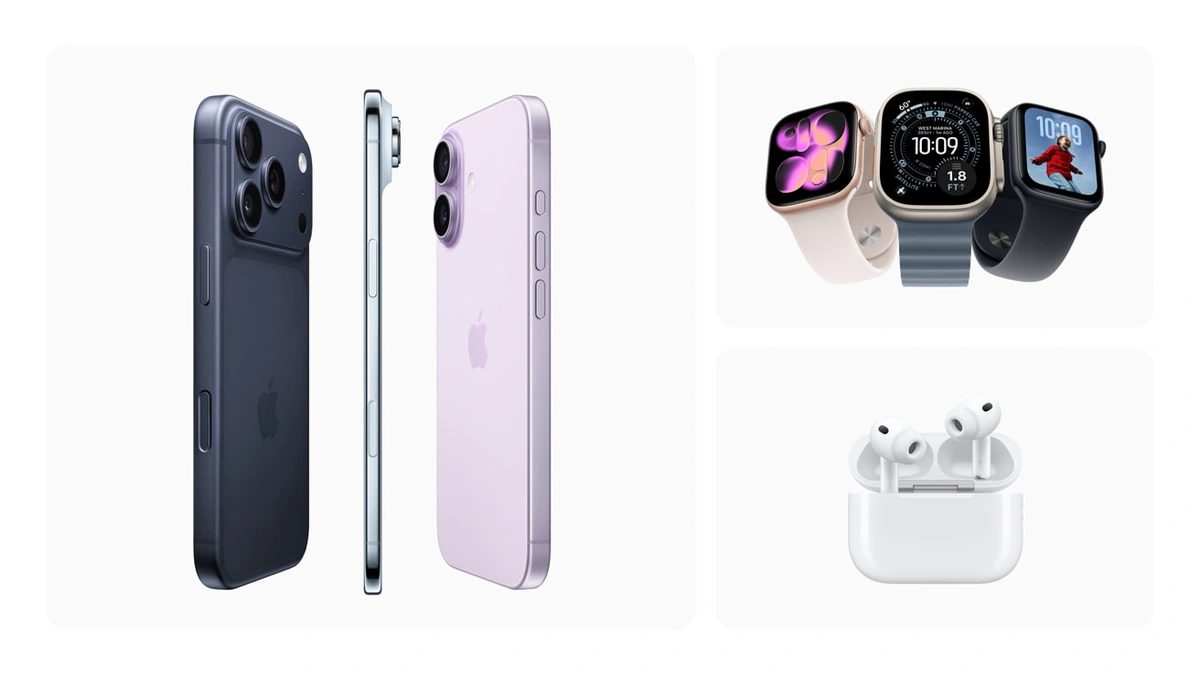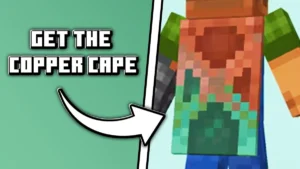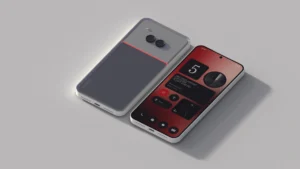Microsoft Unveils MAI-Image-1 | Its Own AI Image Generator
Microsoft is throwing its hat into the AI image generation AI model ring! But let’s be honest, the field is already pretty crowded, right? We’ve got DALL-E, Midjourney, Stable Diffusion – it’s like the AI image-making Olympics out here. So, what makes MAI-Image-1 different? And more importantly, should you even care? As someone deeply involved in the tech space, I’m here to unpack what’s new, and more importantly, what this means for you.
I initially thought this was just another tech giant flexing its AI muscles, but then I started digging deeper. This isn’t just about Microsoft saying, “Hey, we can do that too!” It’s about why they’re doing it, and that’s where things get interesting.
Why Microsoft’s AI Image Generator Matters
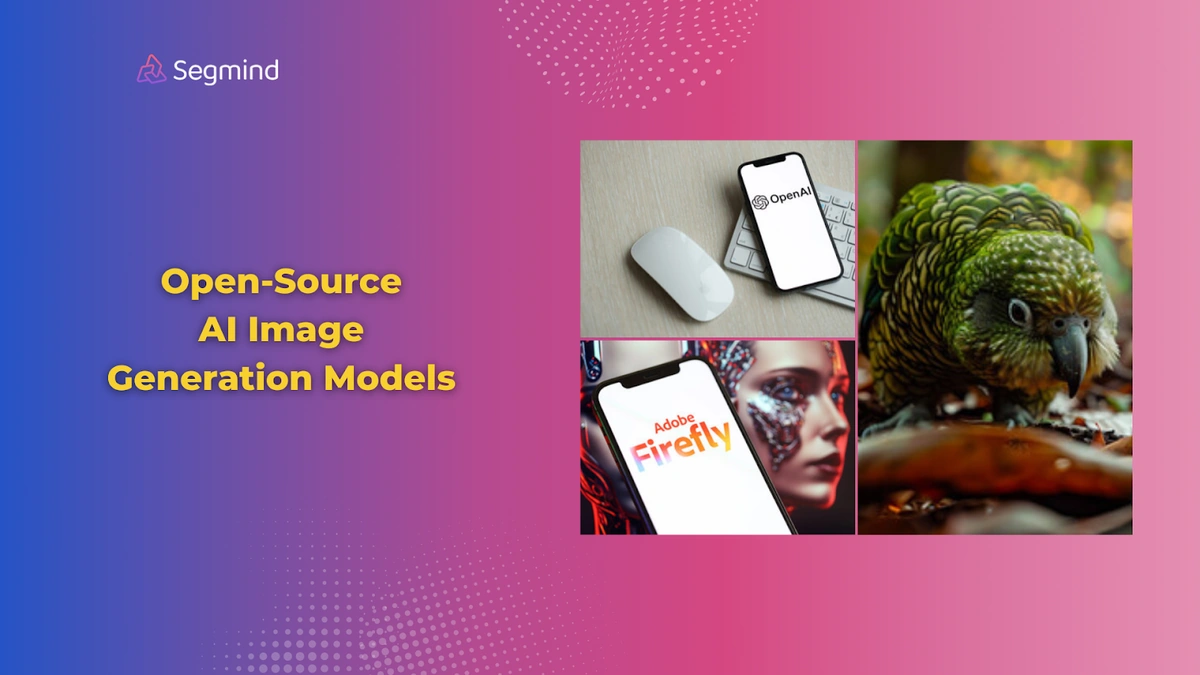
So, why does this matter? Well, for starters, it signifies a significant shift in Microsoft’s AI strategy. They aren’t just licensing AI tech from others; they’re building their own. This means more control over the technology, more integration with their existing products (think Office 365, Azure, even Xbox), and potentially, a more tailored experience for their users. It’s about building a full stack of AI capabilities .
And let’s not forget the competition. The AI image generation space is a hotbed of innovation. Each new model pushes the boundaries of what’s possible, forcing others to step up their game. MAI-Image-1, even if it’s not perfect out of the gate, will contribute to this ongoing evolution. This healthy competition ultimately benefits us as users, leading to better and more accessible tools. You know, like the digital highway India is paving with technological advancements. Check out the digital transformation in India!
MAI-Image-1 | More Than Just an Image Generator
Here’s the thing: Microsoft isn’t just trying to create pretty pictures. They are focusing on responsible AI development. This means building safety mechanisms into MAI-Image-1 to prevent the generation of harmful or inappropriate content. I’ve seen this come up a lot. Think about it – with the ability to create photorealistic images out of thin air, there’s a real risk of misuse. Microsoft seems to be taking this seriously, and that’s a good sign. They are tackling image manipulation and misuse.
Beyond that, the level of integration that Microsoft can provide with its other platforms is significant. Imagine easily creating custom visuals for your PowerPoint presentations, or generating unique avatars for your Xbox profile. The possibilities are vast, and Microsoft is uniquely positioned to bring these capabilities to a massive audience.
Getting Started with MAI-Image-1 (When It’s Available)
Okay, so you’re intrigued. Now what? The million-dollar question is: how do you actually use MAI-Image-1? While the details are still a bit scarce (it was just unveiled, after all), we can make some educated guesses. The image generation AI model will likely integrate with existing Microsoft services, such as Azure Cognitive Services. Microsoft will likely offer a free tier and paid subscription plans based on usage. This strategy makes the AI accessible to a wider audience.
A common mistake I see people make is expecting AI tools to be perfect right away. These models are constantly learning and improving. MAI-Image-1 will likely have its quirks and limitations, especially in its early stages. Be patient, experiment, and provide feedback to help the model evolve. The AI landscape is growing daily, so patience will yield rewards.
The Ethical Considerations of AI Image Creation
But it’s not all sunshine and rainbows. The rise of AI image generators raises some serious ethical questions. Who owns the copyright to images created by AI? How do we prevent the technology from being used to spread misinformation or create deepfakes? These are complex issues with no easy answers. As a society, we need to have a serious conversation about the responsible use of AI-generated content .
I initially thought the legal issues would resolve easily, but they are proving to be trickier than anticipated. What fascinates me is that these challenges highlight the need for clear guidelines and regulations. It’s up to tech companies, policymakers, and users to work together to ensure that AI is used for good. The future of AI depends on it.
MAI-Image-1 and the Future of Creativity
Ultimately, MAI-Image-1 represents a powerful new tool for creativity. It can help artists and designers generate new ideas, automate tedious tasks, and bring their visions to life in ways that were never before possible. But it’s important to remember that AI is just a tool. It’s up to us to use it responsibly and ethically. Remember that image quality is a key attribute when using AI. And that the rise of such models increases the need for content authenticity and verification.
Let me rephrase that for clarity… AI isn’t going to replace artists. It will augment their abilities and unlock new creative possibilities. I believe this technology is poised to revolutionize the creative industries, but it requires thoughtful implementation and a commitment to ethical practices. You can stay up to date with tech trends by reading about the trends that are defining video gaming .
FAQ About Microsoft’s MAI-Image-1
When will MAI-Image-1 be available?
Microsoft hasn’t announced a specific release date yet, but it’s likely to be rolled out in stages, starting with a limited preview.
How much will MAI-Image-1 cost?
Pricing details haven’t been revealed, but it will likely have free and paid options.
Can MAI-Image-1 create any type of image?
While AI image generators are powerful, they have limitations. Results depend on the AI model’s training data.
What are the ethical considerations of using AI image generators?
Copyright, misinformation, and misuse are major concerns. Responsible use and regulation are crucial.
Will AI image generation replace human artists?
Unlikely. AI will likely augment human capabilities and unlock new creative possibilities.
So, there you have it. Microsoft’s MAI-Image-1 is more than just another AI tool . It’s a strategic move, a sign of the times, and a reminder that the future of creativity is inextricably linked to the responsible development and deployment of artificial intelligence. Keep an eye on this space – it’s only going to get more interesting from here.
